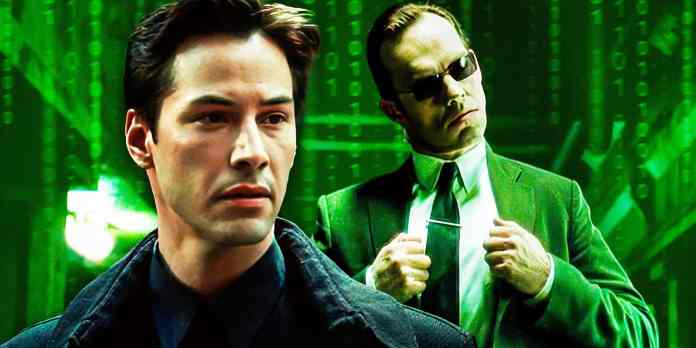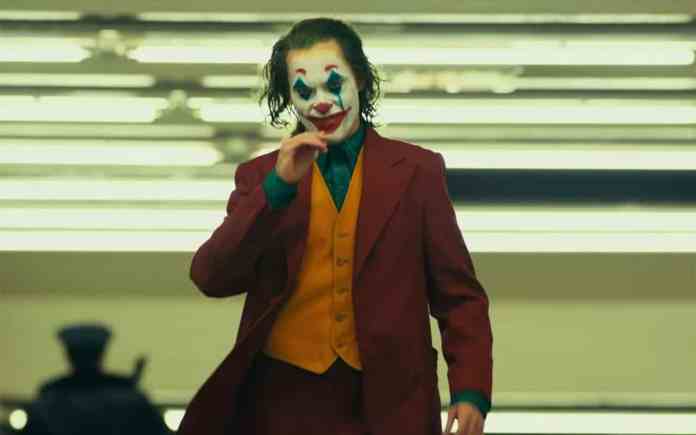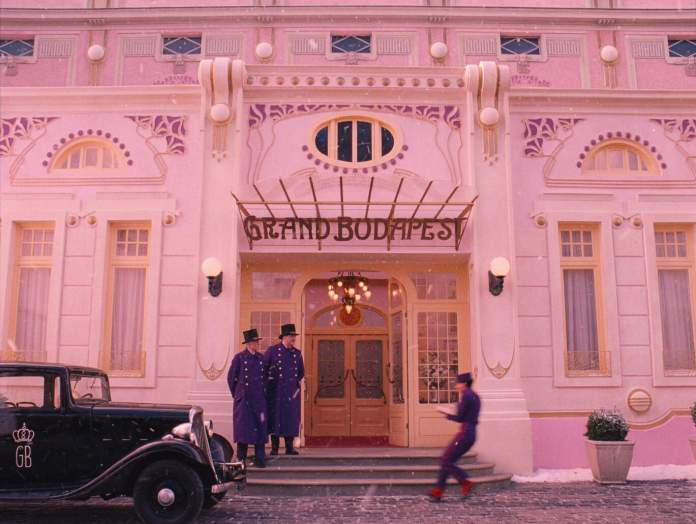
Films are not merely stories—they’re seen things, and color is one of a director’s most potent tools. Color can create mood, predict turns, and incinerate a scene into your brain. It can create pastel dreamscapes or neon nightmares. Here are 10 movies that illustrate the idea that color is not just for show—it’s hiding in plain sight as storytelling.

10. The Matrix – Green Code, Green World
When The Matrix opened, it revolutionized action films forever—but it revolutionized thinking about color in science fiction. Within the Matrix, everything glows with a sickly green light, as if you’re seeing through a computer monitor. It’s a quick decision that immediately conveys, this isn’t reality—and once you’ve picked up on it, you can’t unsee it.

9. Joker – A Color Palette That Evolves with the Character
Joker begins in a world of drab greens and washed-out grays, mirroring Arthur Fleck’s empty, downtrodden life. As he transforms into the Joker, the colors erupt into deep reds, purples, and that unmistakable green hair. You’re not just watching his descent—you’re feeling it through every shift in tone.

8. Blade Runner 2049 – Neon and Nothingness
Roger Deakins’ photography transforms Blade Runner 2049 into a mood board for the future: a combination of desolate grays, ghostly blues, and radioactive oranges. The city’s bright neon is contrasted with the stripped wastelands, highlighting the isolation and identity themes of the film. It’s science fiction, but one that has an emotional undertow.

7. Midsommar – Terror in Broad Daylight
Most horror lurks in the darkness, but Ari Aster’s Midsommar turns up the brightness to near-tormenting levels. The Swedish location of the film is bathed in sunny blue skies, flower crowns, and pastel colors so bright they’re almost nauseating, and that makes the horror even more disturbing. It’s stunning, it’s dreamlike, and it’s morally wrong.

6. Toy Story 3 – Color as Emotional Cue
Pixar has a talent for employing color to direct feelings, and Toy Story 3 is no exception. The scenes set in daycare push toward institutional yellows and greens, making it prison-like. By the time we hit the incinerator scene, the screen burns with reds and oranges—reducing a kids’ film to a visual punch in the gut.

5. Moonlight – Three Lives, Three Palettes
Barry Jenkins frames Moonlight into three chapters, each with its unique colors. Childhood is shrouded in golden warmth. Adolescence cools into dull blues and greens. Adulthood descends into dark, saturated blues and darkness. It’s an aesthetic journey that matches the emotional one.

4. Her – The Future Is Blush-Toned
Spike Jonze’s Her envisions a world of soft and intimate, not cold and metallic. Its reds, pinks, and oranges are warm and inviting—while also heightening the isolation that lies at the core of the film. It’s melancholy and romantic simultaneously.

3. The Grand Budapest Hotel – Pastels with a Dark Side
Wes Anderson’s trademark symmetry gets paired with a candy-colored palette in The Grand Budapest Hotel. The pink facade of the hotel pops against an array of pastel costumes and sets. But look closer, and you’ll see villains cloaked in dark, brooding shades—a visual cue that danger lurks beneath the whimsy.

2. La La Land – Primary Colors, Big Emotions
La La Land shows its inspirations proudly, stealing Old Hollywood’s bright blues, reds, and yellows. The vibrant colors imbue every dance sequence with an amplified, almost otherworldly quality, making the romance feel like a musical fantasy even when reality sets in.

1. Barry Lyndon – Cinematic Paintings
Kubrick’s Barry Lyndon appears to have walked out of a museum. Candlelit rooms, powdered pastel colors, and carefully composited shots ape the look of 18th-century art. It is more than merely pretty—it’s evocative, drawing you into the period with a near-unsettling realism.

Color in movies isn’t something you notice with your eyes—it’s something your feelings react to. These filmmakers employed it not as scenery, but as a necessary character in the narrative. The next time you see a film, try to observe the colors—you may detect a story within the story.